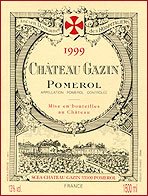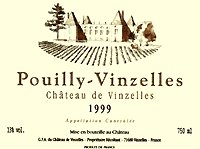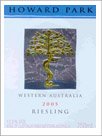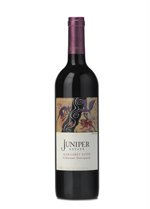Chateau du Paradis - Saint Emilion Grand Cru
 Chateau du Paradis
Chateau du Paradis France
Bordeaux Saint Emilion
SAINT EMILION GRAND CRU
Located in the commune of Saint Emilion,with a surface area spanning 9,50ha.
Designation: AOC Saint Emilion Grand Cru
Age of the vines: 35 years
Vine variety: Merlot 75%, Cabernet franc 20%, Cabernet-Sauvignon 5%
Nature of the soil: old soil with a subsoil including an iron oxide locally referred to as "crasse de fer"
Climatic conditions: moderate climate
Harvesting period: September, October
Winemaking: traditional vinification in vats, under temperature controlled conditions
Aging: 18 months including 14 in casks
General designation: Bordeaux region
More precise designation: commune de Saint Emilion
Appearance: beautiful deep red
Bouquet: a nose of mature Merlot, with a spicy note as a result of its wooden breeding
Texture: defined structure, full-bodied and supple
To be drunk with: red and whit meats, game, soft and mild cheeses
Tasting temperature: 18°
Ages extremely well
Best vintages: 1998, 1999, 2000, 2001





